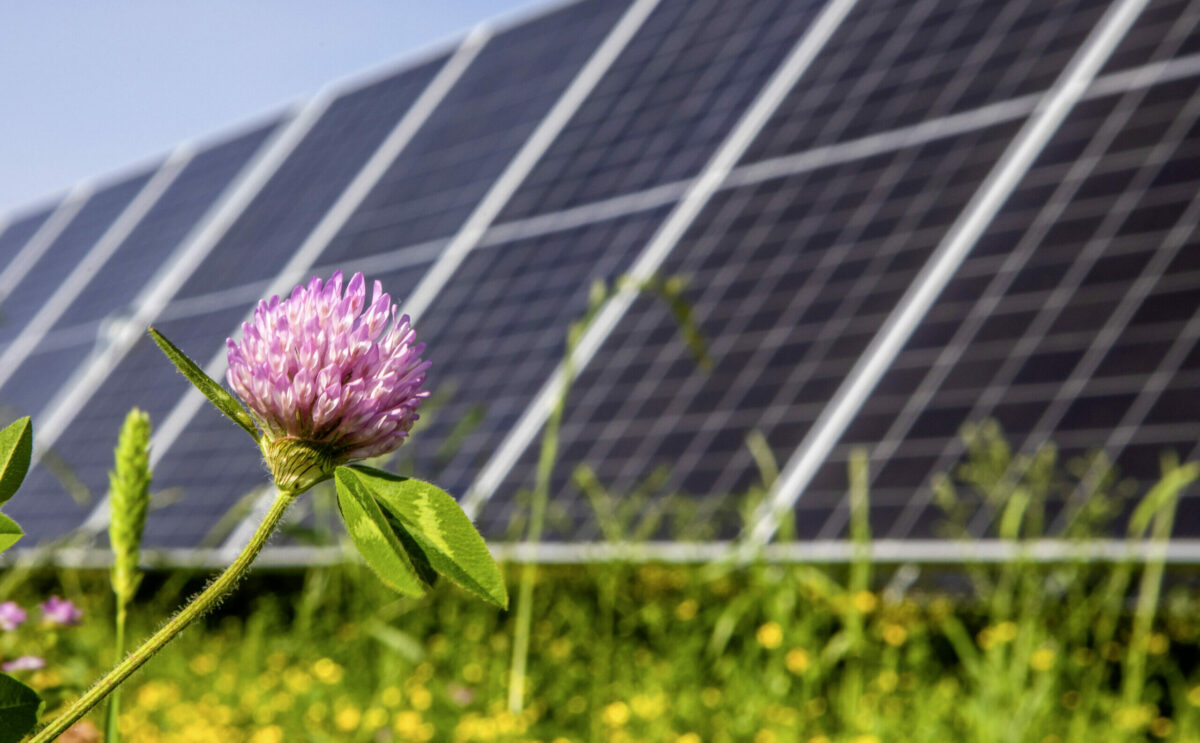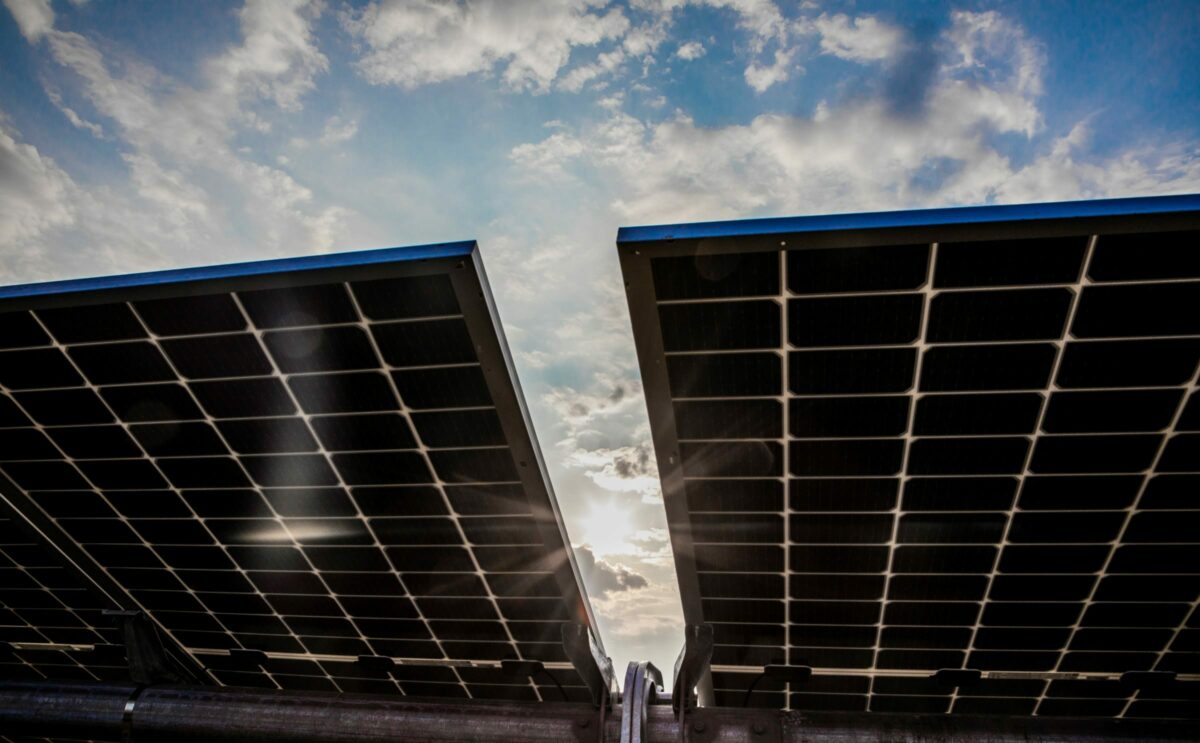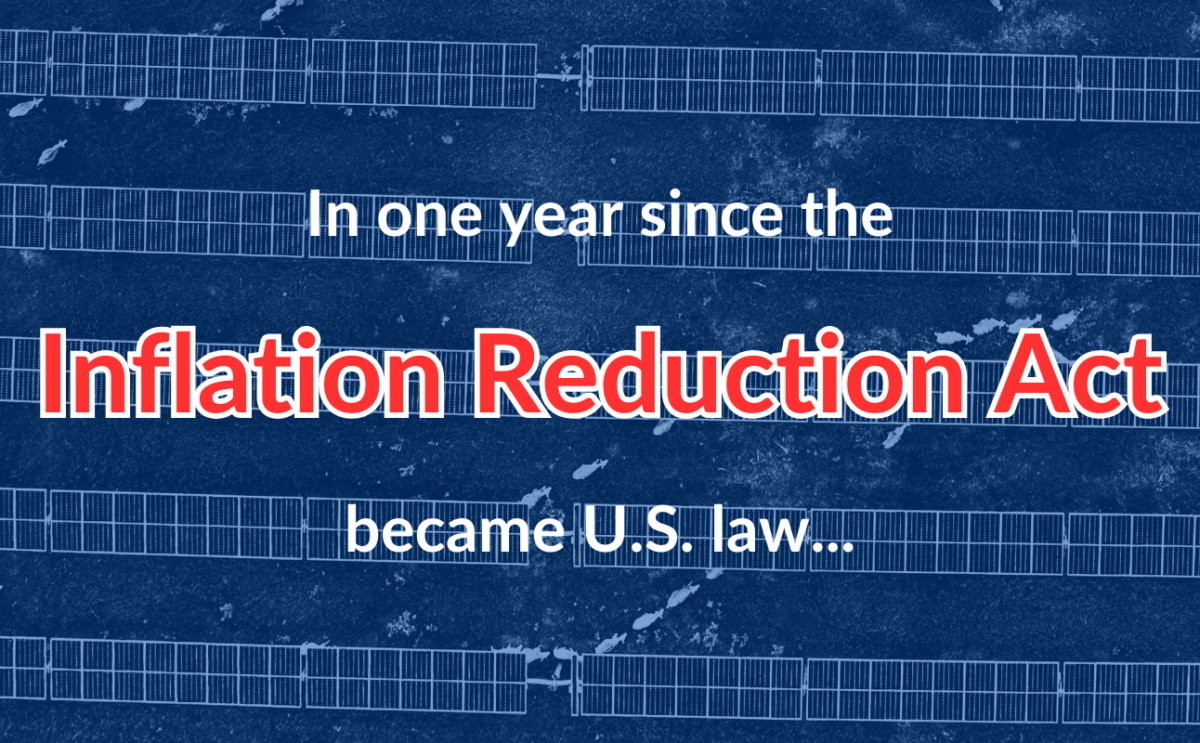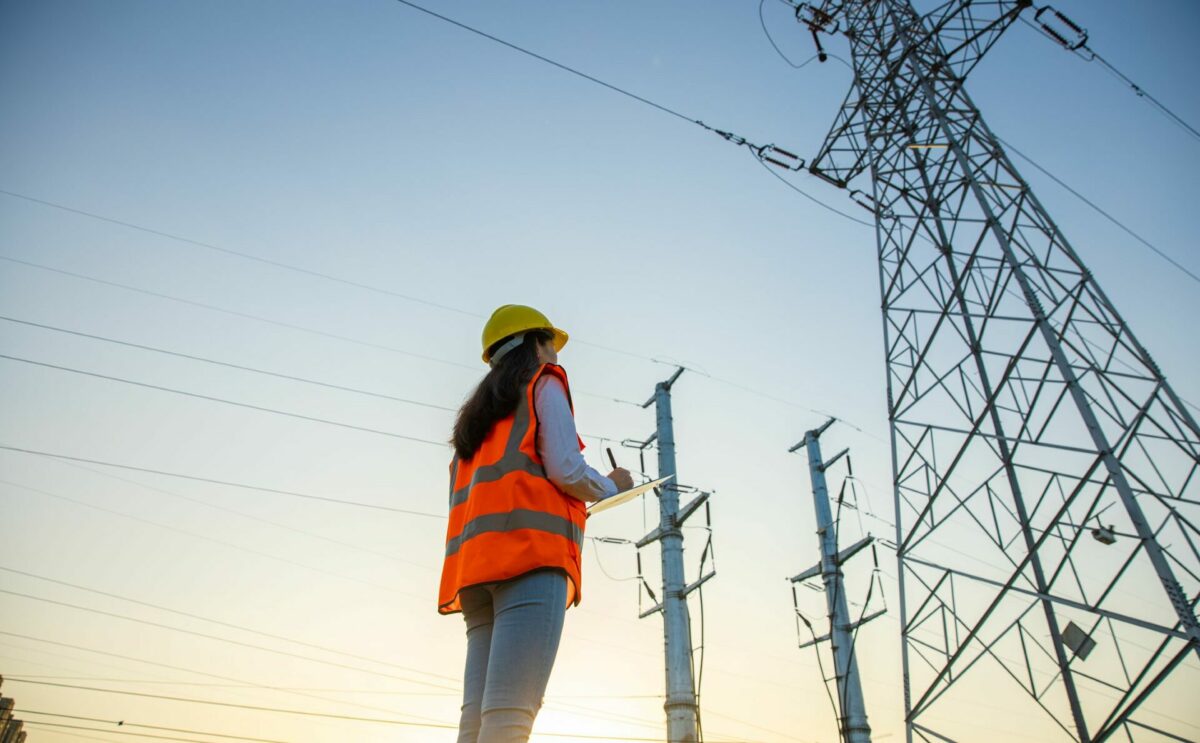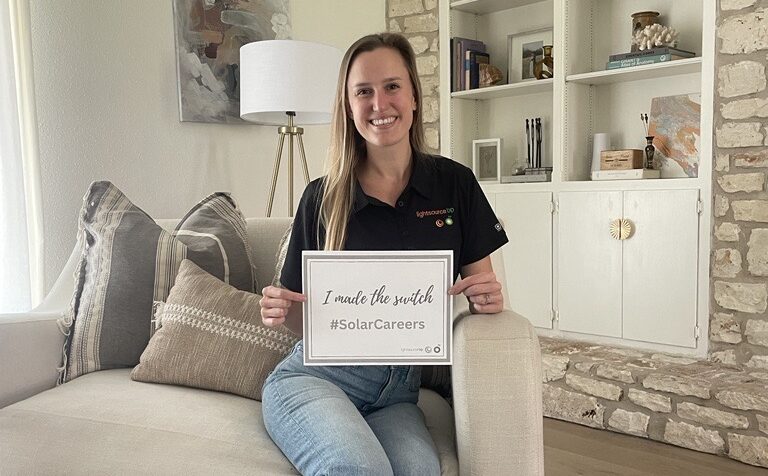Join us in building a recyclable future for solar panels
Article by Alyssa Edwards, Vice President, Environmental Affairs and Government Relations:
Join us in building a recyclable future for solar panels
It’s a question we hear every time we discuss developing a new solar farm: Where will the panels go at the end of the project’s life, or how will you manage the infrastructure that’s not in service from your project when the solar farm is decommissioned?
Sometimes the questions come from residents concerned about how the panels will be disposed if they break during construction or operation.
The solar industry is confronting concerns about solar’s end of life head-on. As the solar industry expands, so too will the materials needed to produce the panels that power this renewable energy revolution.
That’s why recycling is such an important topic.
Lightsource bp is committed to being an industry leader in recycling and promoting circularity. We also are committed to ensuring that the solar panels we procure are safe for people and the environment.
Our first step is that all solar panels we use must pass Environmental Protection Agency-defined testing for toxic materials. The Toxicity Characteristic Leaching Procedure (TCLP) testing tracks the mobility of organic and inorganic wastes in materials that could possibly seep into groundwater. So, we’re making sure that even if a panel breaks, it won’t release harmful amounts of hazardous material into the environment.
Next, we’ve committed to recycling solar panels on all our solar farms in the U.S. versus disposing in a landfill. That includes any panels damaged or non-functioning during construction, operations, and all panels at the end of life/decommissioning.
According to the EPA, solar panels provided about 40 percent of the new U.S. electric generation capacity in 2020. That percentage is going to grow because of last year’s passage of the Inflation Reduction Act, which is investing hundreds of billions of dollars in renewable energy generation.
By 2030, the cumulative value of recoverable raw materials from end-of-life panels globally will be about $450 million, which is equivalent to the cost of raw materials currently needed to produce about 60 million new panels. Diverting solar panels from landfills to recycling saves space in landfills in addition to capturing the value of the raw materials. [MB1]
Valuable allies
We have powerful allies in developing this new recycling environment. The Solar Energy Industries Association (SEIA) has created the National Recycling Program to help the industry recycle PV panels and develop collection and recycling process for the solar industry.
SEIA vets recycling and refurbishment facilities, looking to approve those that are the most environmentally responsible while extracting the most possible material from each panel. The nationwide partner network SEIA is building is a valuable resource for the industry, and we at Lightsource bp rely upon it.
Much of our work starts before a solar farm is built. Not only do we use panels that pass EPA tests, we identify the recycling facilities to handle any panels broken during a solar farm’s construction or panels decommissioned during the lifetime of the facility. We only use recycling facilities approved by SEIA.
Together, we’re building a national recycling industry so whenever a panel goes out of commission there’s a facility to turn the panel’s materials into something that can be used again. Recycling succeeds when there are companies committed to recycling their materials properly and companies willing to purchase items made from recycled materials.
Recycling demand will only grow. By 2030, the United States will have about 1 million tons of solar panel waste, according to EPA estimates. By 2050, the United States will have the second-largest number of end-of-life solar panels in the world – about 10 million total tons, according to the International Renewable Energy Agency.
This gives us the chance to develop a new recycling industry.
The good news is that the vast majority of solar panel components are recyclable. At least 75 percent of a panel is glass, while other easily recycled materials are a panel’s aluminum frame, copper wire, and plastic junction box.
Help is also coming from the tax credits included in the Inflation Reduction Act, which will boost investment that will build recycling facilities, which, in turn, will boost the industry’s commitment to recycling.
And, in March 2022, the Department of Energy announced a five-year plan to enable safe handling of PV materials through the Solar Energy Technologies Office End-of-Life Management for Solar Photovoltaics.
But a lot still needs to happen.
We want to create a solar recycler consortium and use our collective buying and selling power to guarantee a recycling future.
Coming together to tackle recycling and circularity is critical to the future success of the solar industry.
The industry can play a role in committing to recycle solar panels which can drive a sustainable recycling market.
Commitments to recycle panels, and demand for recycled content help create the certainty necessary for a successful circular marketplace.
We’re looking for responsible recycling vendors who can optimize processes and maximize materials successfully extracted and put back into new products. We’re looking for owner/operators of solar farms who will join us in our commitment to recycling.
It’s a big challenge, but we can tackle it together, as an industry.
Let’s do this.
Alyssa Edwards first published this article on LinkedIn on September 11, 2023. To leave a comment or question, please view the original post here.
More insights from our experts
14 Jun, 2024
Podcast appearance: Our Environmental Affairs team on Lightsource bp’s Responsible Solar environmental approach
Innovative biodiversity programs and more!
03 Apr, 2024
Podcast appearance: Our innovation team busts myths on solar and extreme weather
Solar works in extreme weather conditions.
08 Sep, 2023
Keeping an eye on the horizon: Updates on Lightsource bp’s comprehensive hail mitigation program
Article by Dave Martin
29 Jun, 2023
Exploring energy storage part 3: How can storage help modernize the grid?
Optimizing power delivery, enhancing resiliency & more


